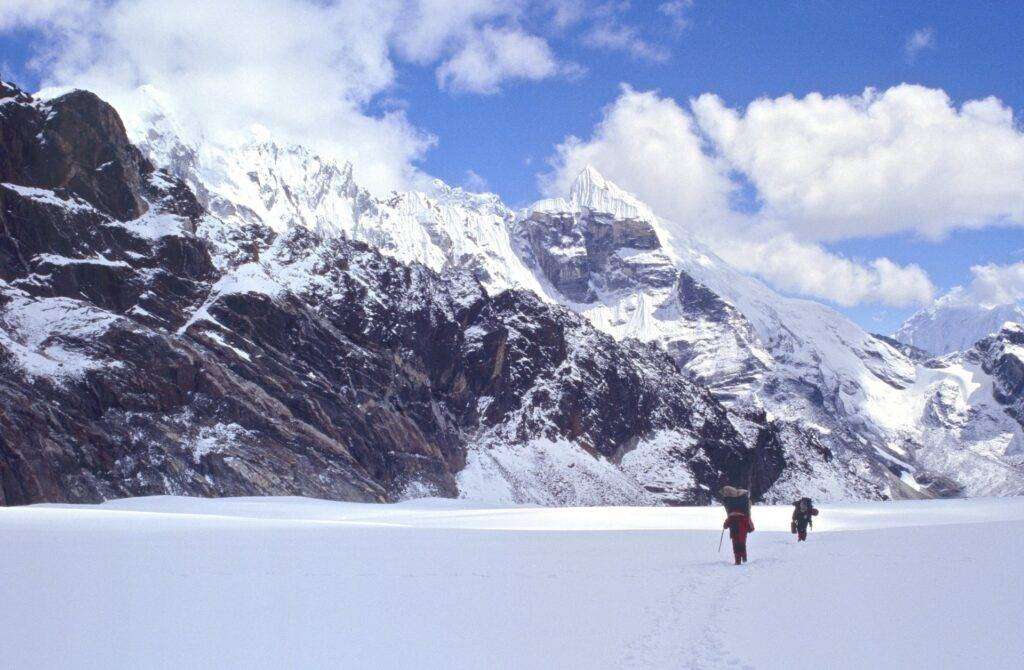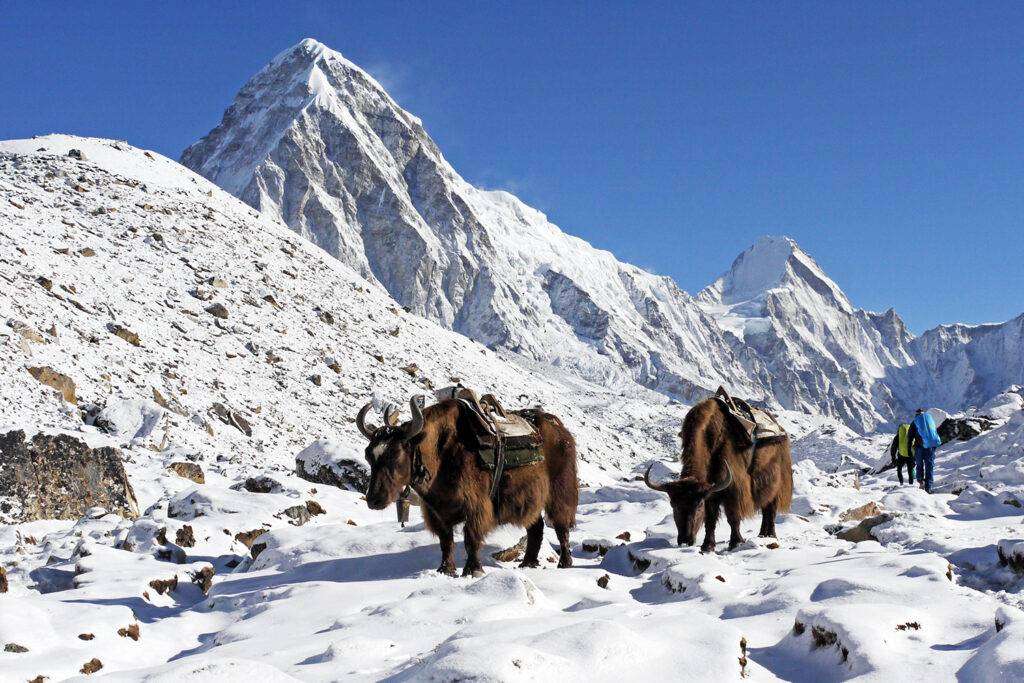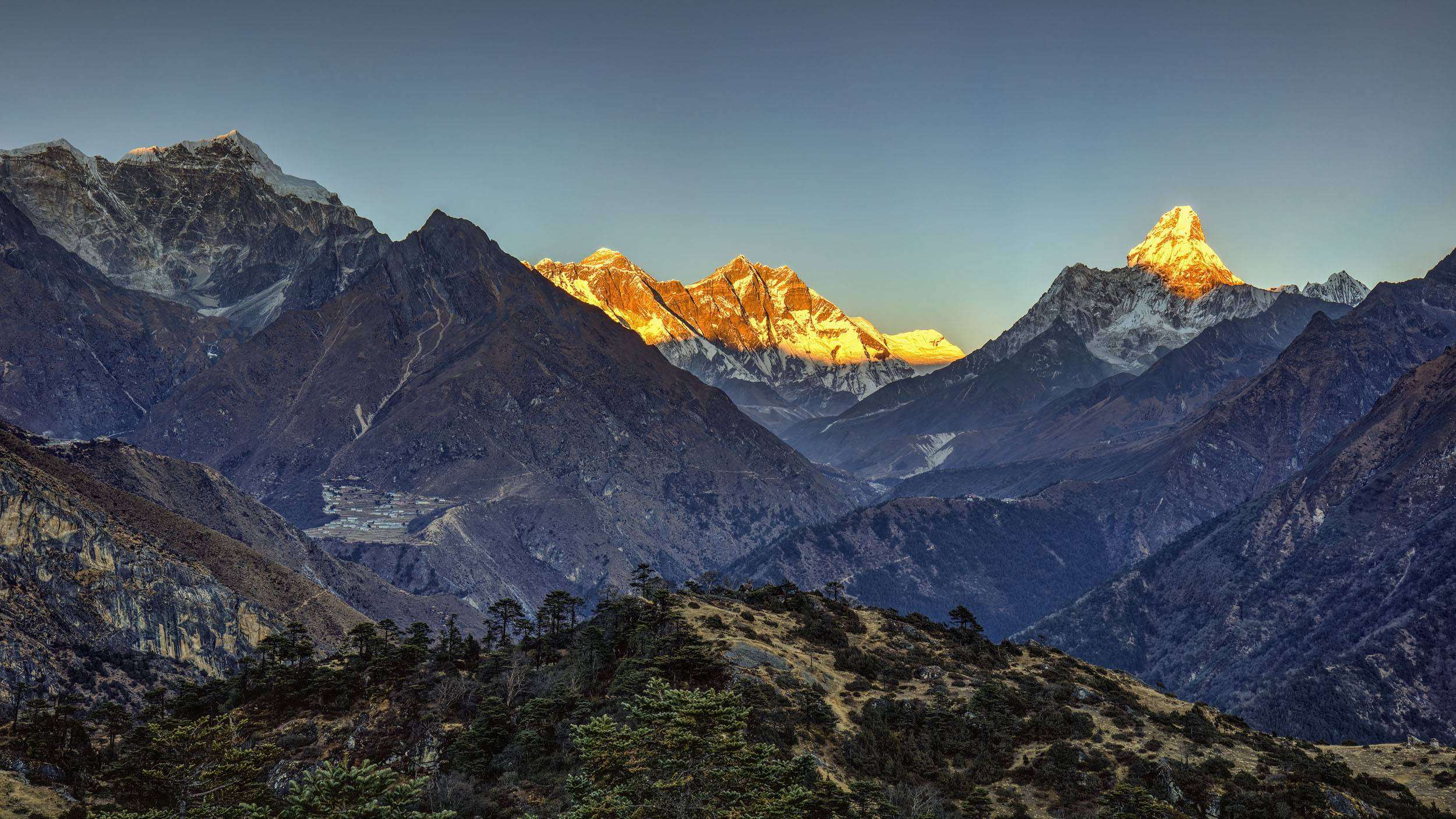Introduction:
How do you prepare for the Everest Base Camp Trek? If you are planning for Everest Base Camp Trek or any other trek in The Everest Region here you go for more details from our latest blog.
Embarking on the Everest Base Camp (EBC) trek is a dream for many adventure enthusiasts, offering an opportunity to witness the breathtaking Himalayan landscapes and stand in the shadow of the world’s highest peak. However, this iconic journey is not for the faint of heart. While the rewards are monumental, the trek presents its own set of challenges that test the physical and mental resilience of those who dare to tread these lofty paths.
One of the most formidable aspects of the EBC trek is undoubtedly the altitude. As trekkers ascend higher into the Khumbu region, the oxygen levels drop significantly, leading to a condition known as altitude sickness. Symptoms such as headaches, nausea, and fatigue can strike even the fittest individuals, emphasizing the importance of acclimatization. Acclimatization days, strategically built into the trek, allow the body to adjust to the reduced oxygen levels gradually.

High Passes in the Everest Region
The notorious high-altitude pass, Cho La, stands out as a formidable hurdle on the EBC trek. At an elevation of approximately 17,782 feet (5,420 meters), crossing Cho La demands both physical endurance and technical skill. Trekkers navigate through icy terrain and traverse a glacier, adding an element of risk to the journey. The crossing requires careful planning and a keen awareness of the unpredictable mountain weather, making it a defining moment for those seeking the EBC summit.
Another arduous segment of the trek is the ascent to Kala Patthar. While not as high as Everest itself, Kala Patthar provides unparalleled panoramic views of the surrounding peaks, including the towering Everest. The steep climb, often tackled in the pre-dawn darkness to witness the sunrise over the Himalayas, tests the limits of trekkers’ stamina and determination. The thin mountain air intensifies the challenge, making each step a testament to one’s willpower.

How is the weather in the Everest Region?
Weather conditions in the Everest region are notoriously unpredictable, adding an element of uncertainty to the trek. Sudden snowstorms and harsh winds can create treacherous conditions, especially at higher altitudes. Trekkers must be prepared for rapidly changing weather patterns, requiring adaptable gear and a mindset ready to face the unexpected. The Himalayas demand respect, and those who undertake the EBC trek must be equipped to handle the capricious nature of the mountains.
Navigating the intricate network of trails and suspension bridges in the Khumbu region presents its own set of challenges. The terrain varies from rocky paths to steep ascents and descents, requiring trekkers to be agile and sure-footed. Crossing swaying suspension bridges above raging rivers adds an adrenaline-pumping dimension to the journey. The physical demands of the trek are relentless, and proper preparation is essential to conquer the varied landscapes.
Culture of Sherpa Community
Cultural encounters with the resilient Sherpa people contribute to the richness of the EBC trek but also pose unique challenges. The hospitality and warmth of the Sherpa communities contrast with the harsh mountain environment. Trekkers must adapt to the local customs and show respect for the delicate balance between tradition and the growing influx of tourists. Navigating this cultural terrain adds a layer of complexity to the trek, requiring trekkers to be mindful of their impact on the region.
In conclusion, the Everest Base Camp trek is a test of endurance, resilience, and adaptability. From the challenges of altitude sickness to the unpredictable mountain weather, each step brings trekkers closer to the realization of their Himalayan dream. The EBC trek is not merely a physical journey; it is a profound exploration of self and an opportunity to connect with the majestic grandeur of the world’s highest peaks. For those who dare to venture, the difficulties encountered along the way only serve to enhance the unparalleled sense of accomplishment that awaits at Everest Base Camp.
To make the most of this epic journey, physical preparation is key. In this guide, we’ll explore how to get fit for the Everest Base Camp Trek, along with insights into the equally exciting from Overland Trek Nepal.
Cardiovascular Conditioning:
The heart of any successful trek lies in cardiovascular fitness. Activities like hiking, running, and cycling are excellent for building endurance. Start with low-intensity exercises and gradually increase the intensity to mimic the challenges of trekking at high altitudes.
Strength Training:
The mountainous terrain demands strong legs and a stable core. Incorporate strength training exercises such as squats, lunges, and leg presses to build the necessary lower body strength. Core exercises like planks and twists will enhance stability and balance on uneven paths.
Altitude Acclimatization:
To conquer Everest Base Camp, your body must adapt to the thinning air at higher altitudes. Plan a gradual ascent, allowing time for acclimatization. Consider including shorter altitude hikes in your training regimen and spending time at higher elevations as your departure date approaches.
Overland Trek Nepal:
While preparing for Everest Base Camp, don’t miss the opportunity to explore the diverse landscapes of Nepal through an Overland Trek. This adventure combines road travel with short treks, providing a unique perspective on the country’s beauty. Ensure your fitness routine includes flexibility exercises, as you’ll be transitioning between various modes of transportation and trekking.
Gear Check and Packing Essentials:
Investing in proper trekking gear is crucial. Break in your hiking boots, test your backpack’s comfort, and familiarize yourself with your trekking poles. Understanding the essentials, including layers for varying temperatures and a good quality backpack, ensures you’re well-prepared for the journey ahead.
Nutrition and Hydration:
Fueling your body with the right nutrients is paramount. Maintain a balanced diet rich in carbohydrates, proteins, and healthy fats. Stay hydrated, as proper water intake aids in altitude adaptation. Consider consulting a nutritionist for personalized advice based on your trekking goals.
Conclusion:
Preparing for the Everest Base Camp Trek by the Overland Trek Nepal is a holistic journey that goes beyond physical fitness. Mental resilience, adaptability, and a passion for adventure are equally essential. By following a comprehensive training plan, acclimatizing wisely, and embracing the beauty of Nepal, you’ll be well-equipped to conquer these iconic treks and create memories that will last a lifetime.

